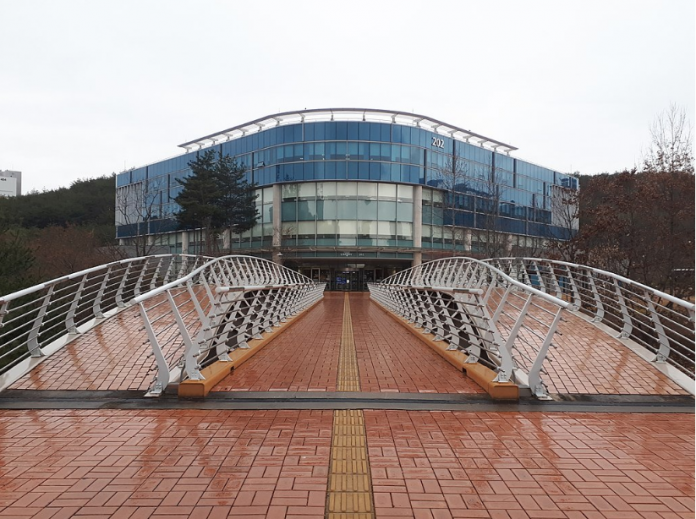Researchers at South Korea’s Ulsan National Institute of Science and Technology (UNIST) have demonstrated a highly transparent, colorful solar cell based on silicon that they claim shows unprecedented flexibility combined with remarkable power conversion efficiency.
Conceived for applications in building-integrated photovoltaics (BIPV), the solar cell was designed to be built with a 100μm-thick n-Si wafer and by punching, via photolithography, micro-holes that can allow light to be transmitted through the cell itself.
The holes are arranged in the shape of a periodic array within the device, which ensures, according to the research team, that the cell is highly flexible, with a bending radius of 6mm. “The periodic hole array structure uniformly distributes the stress across the device and suppresses the generation and propagation of microcracks,” they explained, noting that the structure was implemented by controlling the dry etching process.
In order to make the cell colorful, the scientists added organic dyes into its polydimethylsiloxane (PDMS) matrix. PDMS is an organic-based polymer that is commonly used in solar module backsheets. After it was embedded in the cell, however, the bending radius decreased to 3mm.
The demonstrated device achieved a power conversion efficiency of 7.38% with an average visible light transmittance (AVT) of 45%, and an efficiency of 5.52% with an AVT of 60%. “The solar cells with PDMS encapsulation show high flexibility and long-term stability without significant degradation, even after cyclic bending deformations up to 1,000 cycles and 1,500 hours of the standard damp heat test,” the academics emphasized.
The solar cell is presented in the paper Colorful Transparent Silicon Photovoltaics with Unprecedented Flexibility, which was recently published in Advanced Functional Materials.






